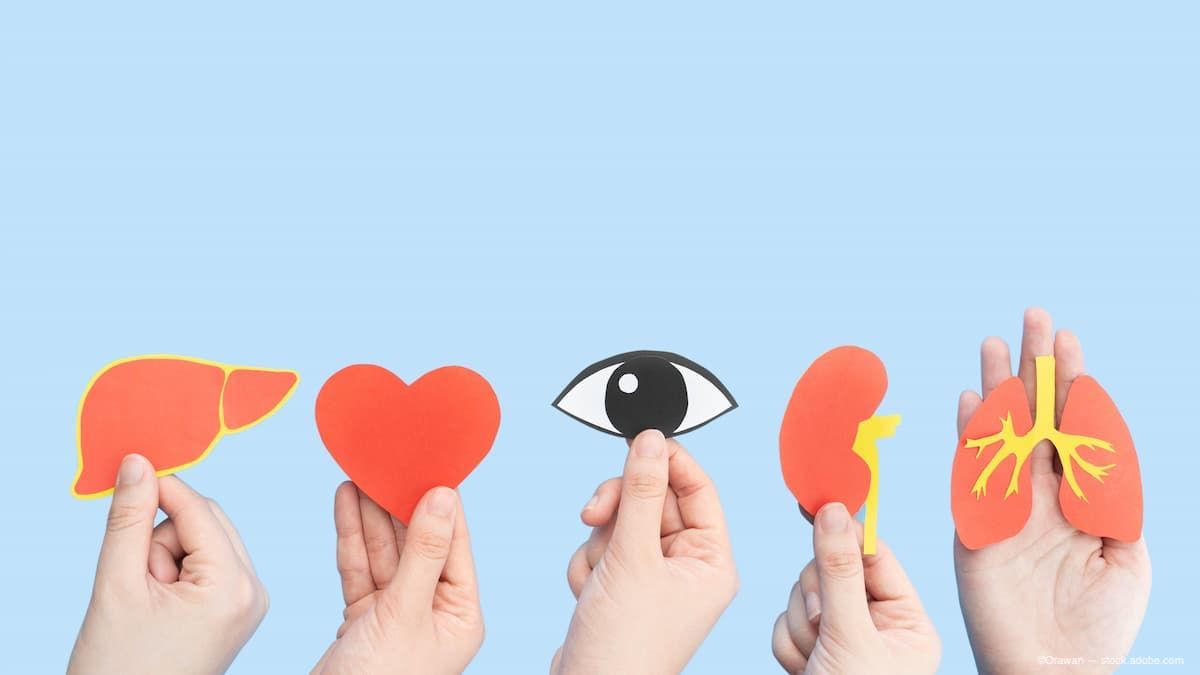Study reveals corneas from drowning victims safe for transplantation
(Image Credit: AdobeStock/Orawan)

Donor corneas obtained from individuals who drowned are safe for transplantation,1 according to researchers from the Cornea and Anterior Segment Service, L V Prasad Eye Institute, Bhubaneswar, Odisha, India.
Kshyanaprava Priyadarshini, MS, first author of the study, described the retrospective investigation that led to this result. The aim of this study, she recounted, was to analyze the tissue quality and outcomes of corneal transplantations from donor corneal tissues harvested from drowning victims from March 2018 to September 2022. The details of the quality of the corneal tissue and the outcomes after the corneal transplantations were collected from the eye bank and outpatient records.
Over the course of the study, 34 donor corneas were obtained from drowning victims who were a mean age of 37.1 ± 20.3 years) The mean time from when the tissue was obtained to its preservation was 4.9 ± 2.6 hours.
The mean endothelial cell density of the donor corneas was 3,025 ± 271 cells/mm2. Of the 34 corneas, 20 (58.8%) were transplanted at the L V Prasad Eye Institute, 2 were stored in glycerol for future use, and 12 were transported to other transplantation centers. Overall, 94.1% or 32 corneas were transplanted.
Of the 20 corneas used at the L V Prasad Eye Institute, 17 were used for optical grafts and 3 for therapeutic indications, according to Ms. Priyadarshini. Of the 17 optical grafts, 10 were used for optical penetrating keratoplasty, 6 for endothelial keratoplasty, and 1 for anterior lamellar keratoplasty. The most common indication for keratoplasty was regrafting because of a previously failed graft (25%), she reported. No infections developed in any of the transplanted eyes during the immediate postoperative period. Eight eyes had clear grafts after 3 months.
Of the 12 tissues transferred to other keratoplasty centers, 10 were used for optical grafts and 2 for therapeutic/tectonic grafts.
The researchers concluded, “Donor corneas retrieved from drowning victims may be considered safe for transplantation. The postoperative outcomes of the tissues obtained from these donors were satisfactory. Hence, these donor corneas can be optimally used in routine transplantation procedures.”
Reference:
PriyadarshiniK,Das S, Sahu SK, et al. Safety and efficacy profile of corneas harvested from donors of drowning victims. Cornea. 2024;43:141-145; doi: 10.1097/ICO.0000000000003321